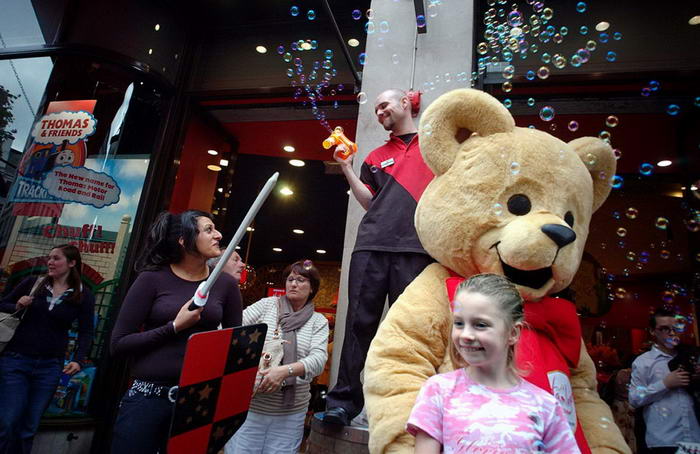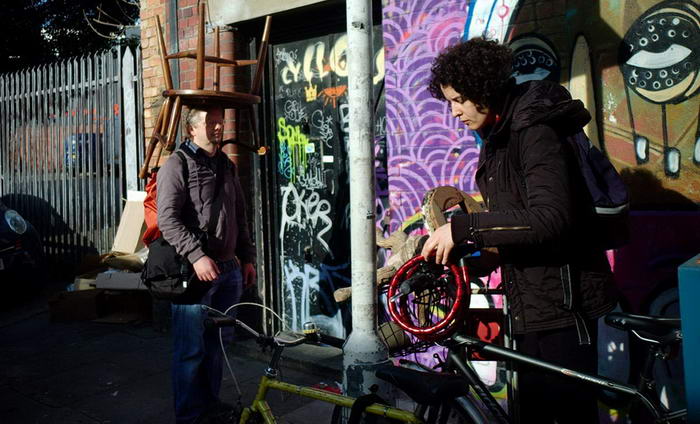During my visit to London I went to an exhibition on London Street Photography at the Museum of London. It was very interesting and I learnt a lot about the history of street photography and how it has developed and changed over time.
The exhibition began in 1860 and showed photographs of everyday life in the streets. However, before the late 1880s photographs could rarely capture movement due to long exposure times. Due to this, photography was then seen as a poor medium for depicting the busy nature of London streets.
Around 1890 technical developments in photography came together to produce the first hand-held multi-shot cameras with exposure times short enough to freeze moving objects. Photography came into its own as a means of capturing the scale, vitality and movement of life in the world's largest city. As the use of photographs in newspapers and magazines grew, a new profession came about: the press photographer. Amateur photographers also took to the streets using new roll-film cameras such as Kodak.
Paul Martin began using a camera disguised as a parcel to photograph people unawares, catching people off-guard or in unexpected places:


By 1930 camera technology had matured to allow photographs to be taken almost anywhere. Photographers began to document London's deep social contrasts alongside the capital's ever-changing street life. They provided visual evidence for inequality and social conditions. Wolf Suschitzky came to London from Vienna in 1935 and began a personal project to photograph the life of Charing Cross Road, day and night.

Cambridge Circus, London, 1936

Foyles, Charing Cross Road, London, 1936

Wyndham's Theatre, Charing Cross Road, London, 1934

Charing Cross Road, London, 1937

Charing Cross Road, London, 1937
Social and cultural changes after the Second World War provided a new focus for street photography. Many photographers were keen to capture the 'old' working class areas of London before it disappeared and was redeveloped.
Roger Mayne photographed areas in North Kensington. He documented children playing, often in the bomb sites left by the Blitz.

Roger Mayne, 1956
Three boys playing on a home-made go kart, Addison Place
The final section of the exhibition focused on a more up to date approach of street photography and showed the shift towards a more conceptual look. Digital technology has opened up new ways of making images, and the web of sharing them. A new generation of photographers found inspiration in urban streets. There is an international group of street photographers, 'in-Public', which promote the genre.
Paul Baldesare photographs London's busy shopping streets, looking for remarkable gestures and expressions by individuals going about their everyday lives.

Hamley girl, the bear and the bubbles
Paul Baldesare

Brick Lane Market
Paul Baldesare
No comments:
Post a Comment